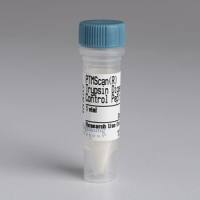A Hit Map-Based Statistical Method to Predict Best Ligands for Orphan Olfactory Receptors: Natural Key Odorants Versus Lock Picks
互联网
互联网
相关产品推荐

MEK1重组蛋白|Recombinant Mouse MEK1 / MAP2K1 / MKK1 Protein (His & GST Tag)
¥1790

NR4A1/NR4A1蛋白Recombinant Human Nuclear receptor subfamily 4 group A member 1 (NR4A1)重组蛋白(Early response protein NAK1)(Nuclear hormone receptor NUR/77)(Nur77)(Orphan nuclear receptor HMR)(Orphan nuclear receptor TR3)(ST-59)(Testicular receptor 3)蛋白
¥1836

///蛋白Recombinant Bovine Odorant-binding protein重组蛋白Olfactory mucosa pyrazine-binding protein蛋白
¥3324

过氧化氢传递舱 (D-Chamber - Decontamination Lock Chamber)
询价

Retinoic Acid and Retinoid X Receptors Antibody Sampler Kit
¥500
相关问答

